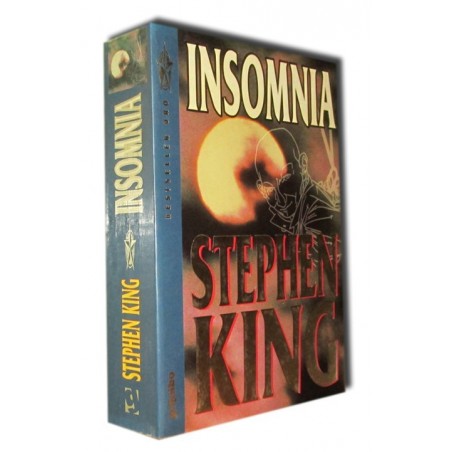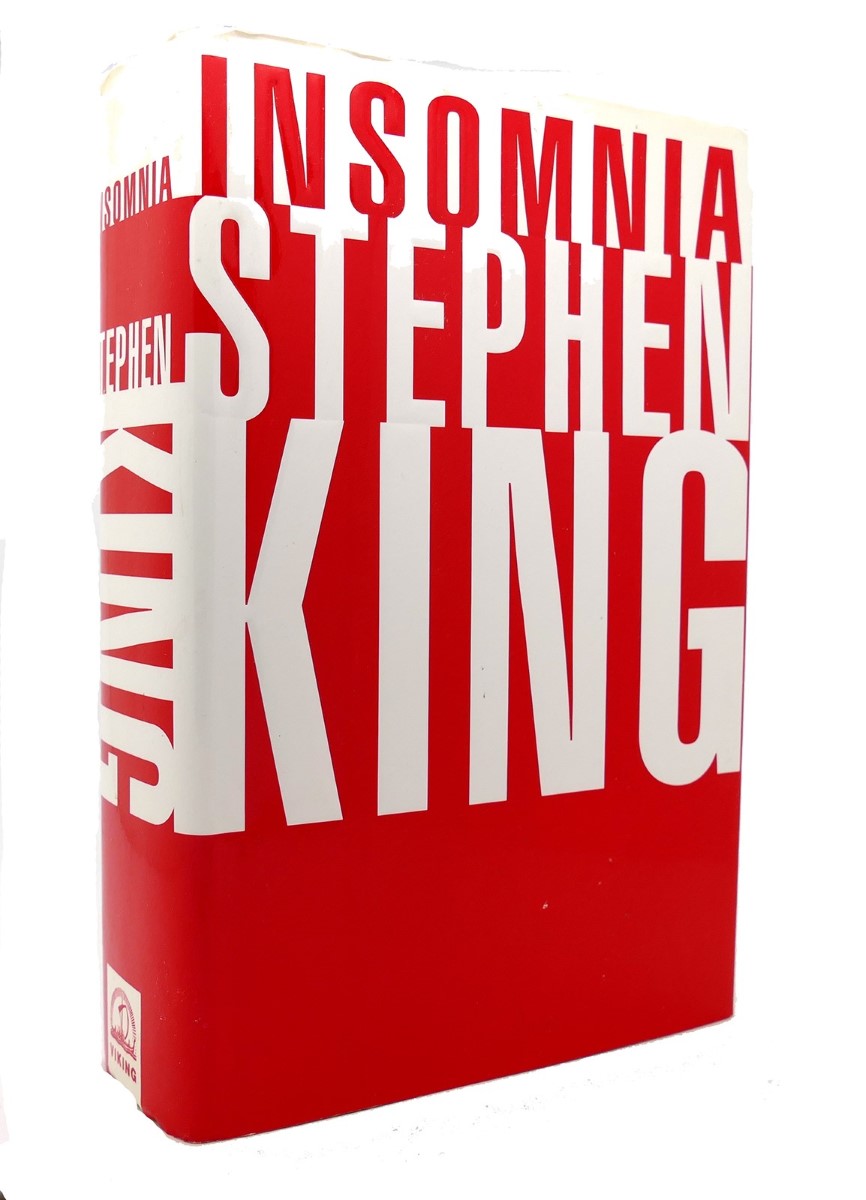


Eventually, the tone darkens and the story narrows to focus on Jude as the pain of his past cuts deep into his carefully constructed life.
It insomnia stephen king movie#
And when Willem becomes a movie star, they all bask in his glow. When Jude, as an adult, is adopted by his favorite Harvard law professor, his friends join him for Thanksgiving in Cambridge every year. JB bases his entire artistic career on painting portraits of his friends, while Malcolm takes care of them by designing their apartments and houses. The four men think about work and creativity and success and failure they cook for each other, compete with each other and jostle for each other’s affection. What we get instead is an intensely interior look at the friends’ psyches and relationships, and it’s utterly enthralling. There aren’t even many markers of what’s happening in the outside world Jude moves to a loft in SoHo as a young man, but we don’t see the neighborhood change from gritty artists’ enclave to glitzy tourist destination. There isn’t a single significant female character, and for a long novel, there isn’t much plot. Two of them are gay, one straight and one bisexual. Yanagihara ( The People in the Trees, 2013) takes the still-bold leap of writing about characters who don’t share her background in addition to being male, JB is African-American, Malcolm has a black father and white mother, Willem is white, and “Jude’s race was undetermined”-deserted at birth, he was raised in a monastery and had an unspeakably traumatic childhood that’s revealed slowly over the course of the book. Still, at 800 pages, it ain't no coffee-table book - it's a coffee table.įour men who meet as college roommates move to New York and spend the next three decades gaining renown in their professions-as an architect, painter, actor and lawyer-and struggling with demons in their intertwined personal lives. This commingling of the supernatural and the commonplace is what makes this hefty read so enjoyable. King throws in a tender romance, sensitive and often funny portrayals of the ravages of age, and the somewhat loopy presence of Rite-Aid drugstores, Cup-A-Soup, and Port-O-Sans smack-dab in the middle of hyper-reality. In the climax, our oldsters serve as earthly agents to thwart a potentially calamitous disruption in the order of the universe. Atropos takes advantage of a pro-life rally currently polarizing the hamlet and enlists a local crazy to help him make a literal killing in the afterlife futures market. The third, a malevolent sprite named Atropos, represents "The Random" and takes great pleasure in prematurely cutting folks' balloon strings with his rusty scalpel. The first two, whom Ralph and Lois name Clotho and Lachesis - from a Greek myth about three yam-spinning sisters - are benevolent and serve "The Purpose," or natural, timely demise.

They are brokers for what we mortals call death. These three, naturally, are not really of this earth. Ah, but 68-year-old gal pal Lois Chasse shares these visions, which by now include three little bald entities in doctors' smocks. In these strings, Ralph believes he can see other people's states of mind and being (e.g., disease, anger, calm). These hallucinations appear as auras, terminating in fine lines of light resembling balloon strings. Since his wife's recent death, Ralph Roberts, age 70, has been beset by insomnia and hallucinations.

A small town in Maine again serves as King's (Nightmares and Dreamscapes, 1993, etc.) setting in this deft, steady tale, in which two lovable geezers travel through hyper-reality to balance the books of human existence, or something to that effect.


 0 kommentar(er)
0 kommentar(er)
